Ukrainian President Volodymyr Zelenskyy is due in London on Friday to convene a so-called “coalition of the willing,” the bigger question on Europe’s minds wasn’t only which countries would step up but whether the Continent actually has the financial firepower to underwrite Ukraine for two more years of war.
Fresh support, familiar strain
At the recent European Union summit in Brussels, member states signalled in principle that they would help fund Ukraine’s needs for 2026-27, “including for the acquisition of military equipment,” EU Council President António Costa said.
Zelenskyy described the outcome as “good results,” adding that “the European Union assured that financial assistance to Ukraine will be maintained.”
Still, the path forward is littered with tough economic realities. Europe’s major economies remain heavily indebted, facing energy-transition costs, inflation pressures and shrinking growth. For many member states, committing to billions more in Ukrainian support is a politically and fiscally fraught endeavour.
Frozen assets- Potential lifeline, legal minefield
One of the most eye-catching elements of the strategy is the plan to use frozen Russian assets, roughly €140 billion ($163bn) is cited as the scale of the “loan” envisaged.
But turning this collateral into usable cash is far from straightforward. Legal constraints loom large. As Christine Lagarde of the European Central Bank pointed out: any scheme must align with international law and protect the integrity of the euro as a reserve currency.
Moreover, Belgium—home to the bulk of the frozen assets via Euroclear has demanded transparency and burden-sharing. Belgian Prime Minister Bart De Wever called on all EU members to co-share the legal risk and contribute financially if the money ever had to be returned. “There must be transparency about the risk… the risk has to be put on broader shoulders,” he said.
Debt-heavy Europe: can it afford it?
Even if the mechanics of deploying the Russian assets are solved, the question remains: can Europe meet Ukraine’s full two-year funding needs? Ukraine itself estimates its financing gap at roughly €130 billion for 2026-27.
But many EU governments are still mired in high public debt, slowing growth and electoral pressures. Countries like Italy, France and Spain have large budget deficits and face the dual challenge of supporting Ukraine while managing domestic fiscal constraints.
Impact Shorts
More ShortsThat means Europe must decide whether to stretch, borrow, or leave a substantive portion to others. The “coalition of the willing” phrase from London highlights the uneasy truth: some member states may step up more than others, and non-EU allies may have to fill gaps.
Why timing and trust matter
For Ukraine, timing is critical. Zelenskyy cautions that any delay or slippage “is not only limiting our defence, but also slowing down the EU’s own progress.”
With Russia still launching strikes and Ukraine’s military budget under stress, provisional commitments that drag into next year carry real risk.
In addition, sovereignty and autonomy remain contentious: some EU states want strict conditions on how the funds are used, chiefly for European-made weapons while Ukraine demands broader flexibility, including procurement from outside Europe. These tensions could delay the disbursement or erode the political consensus.
The verdict: a conditional yes
In short, Europe can bankroll Ukraine for two years—but only under very specific conditions: a legally sound mechanism for frozen Russian assets; robust risk-sharing among EU states; and a credible, open commitment to sizeable contributions despite domestic economic constraints. Without those elements, the promise risks becoming a half-measured pledge rather than a full-blown funding guarantee.
Europe’s capacity to act will depend not just on the numbers, but on the unity, legal creativity and strategic resolve of the member states. The next few months will tell whether this is a turn-key solution or another deferred promise in a war-marred era.


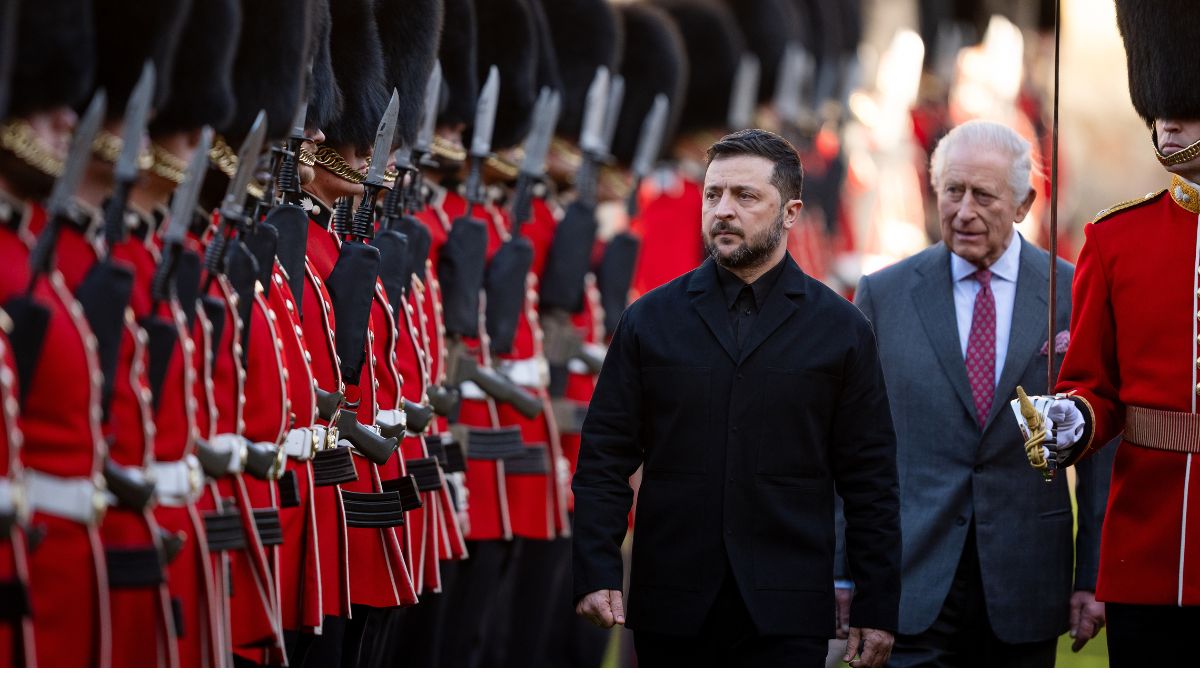)

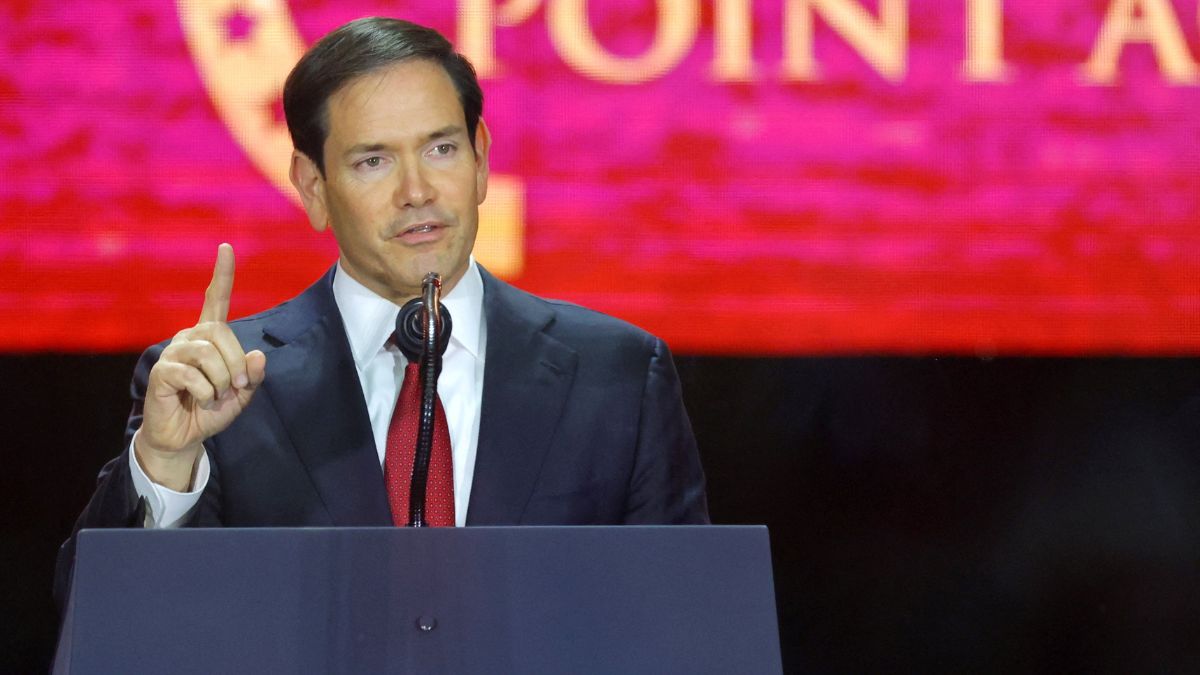)
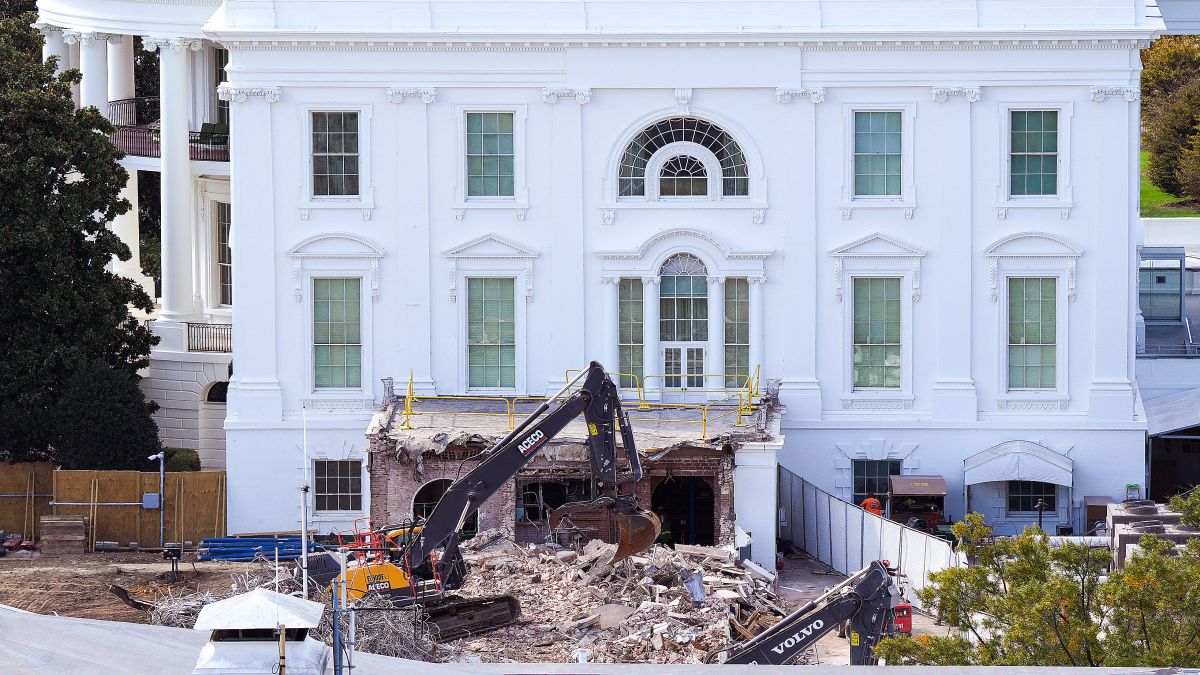)
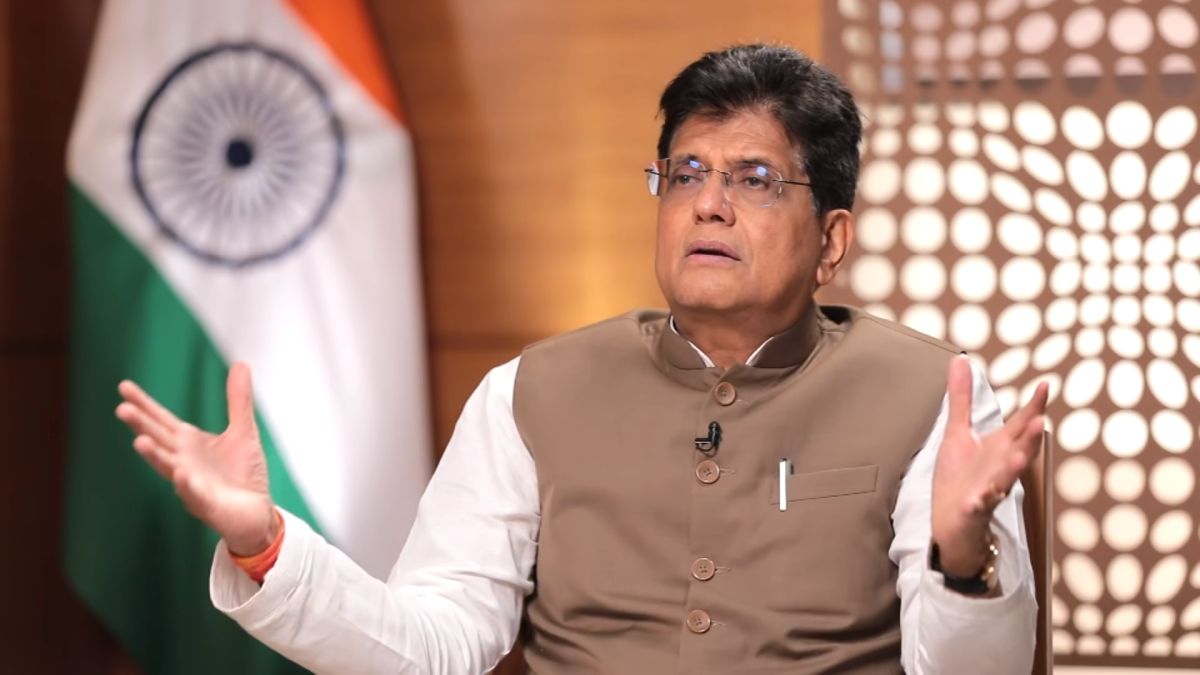)
)
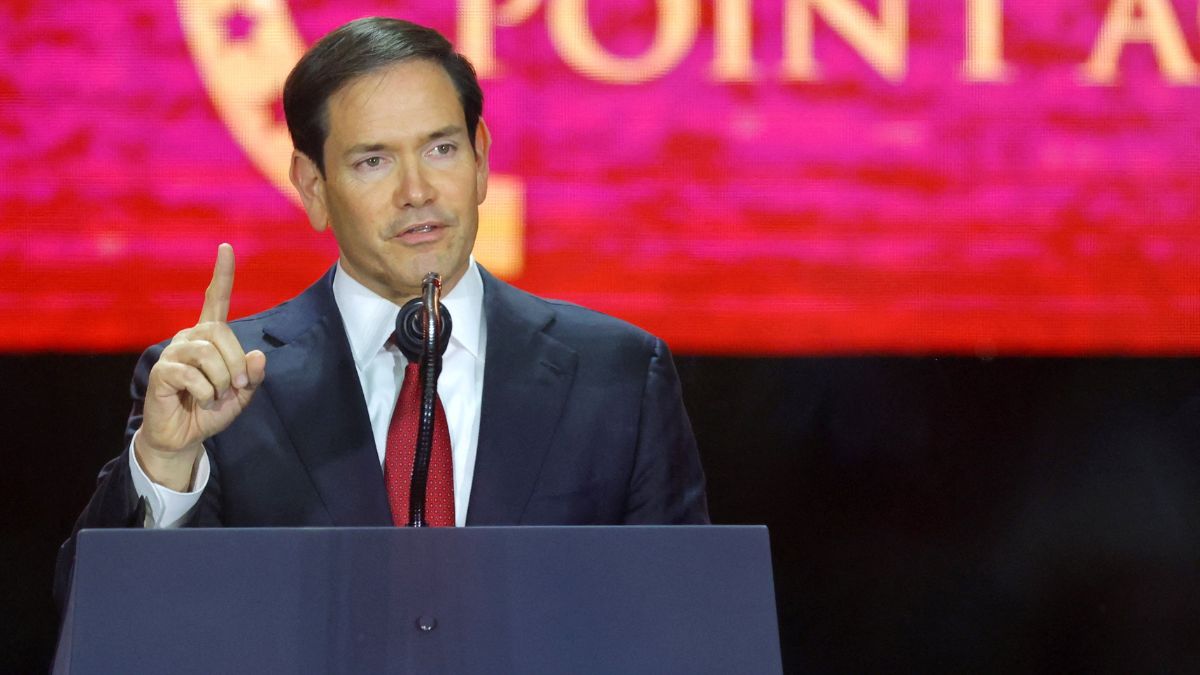)
)
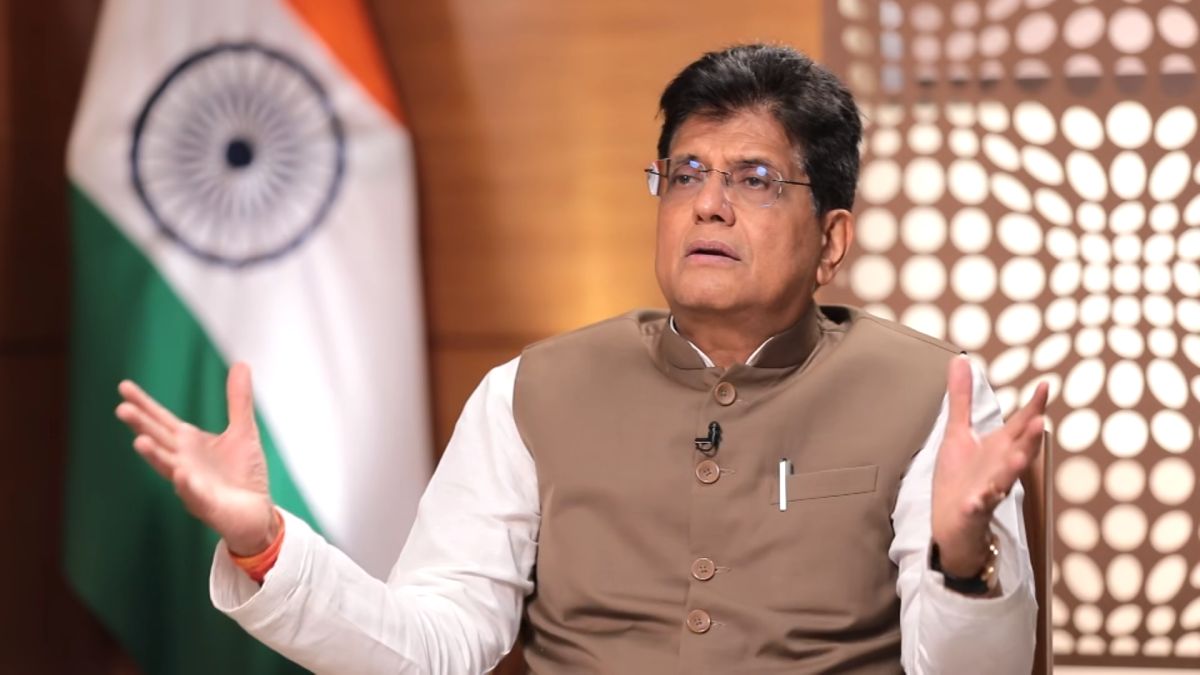)
)



